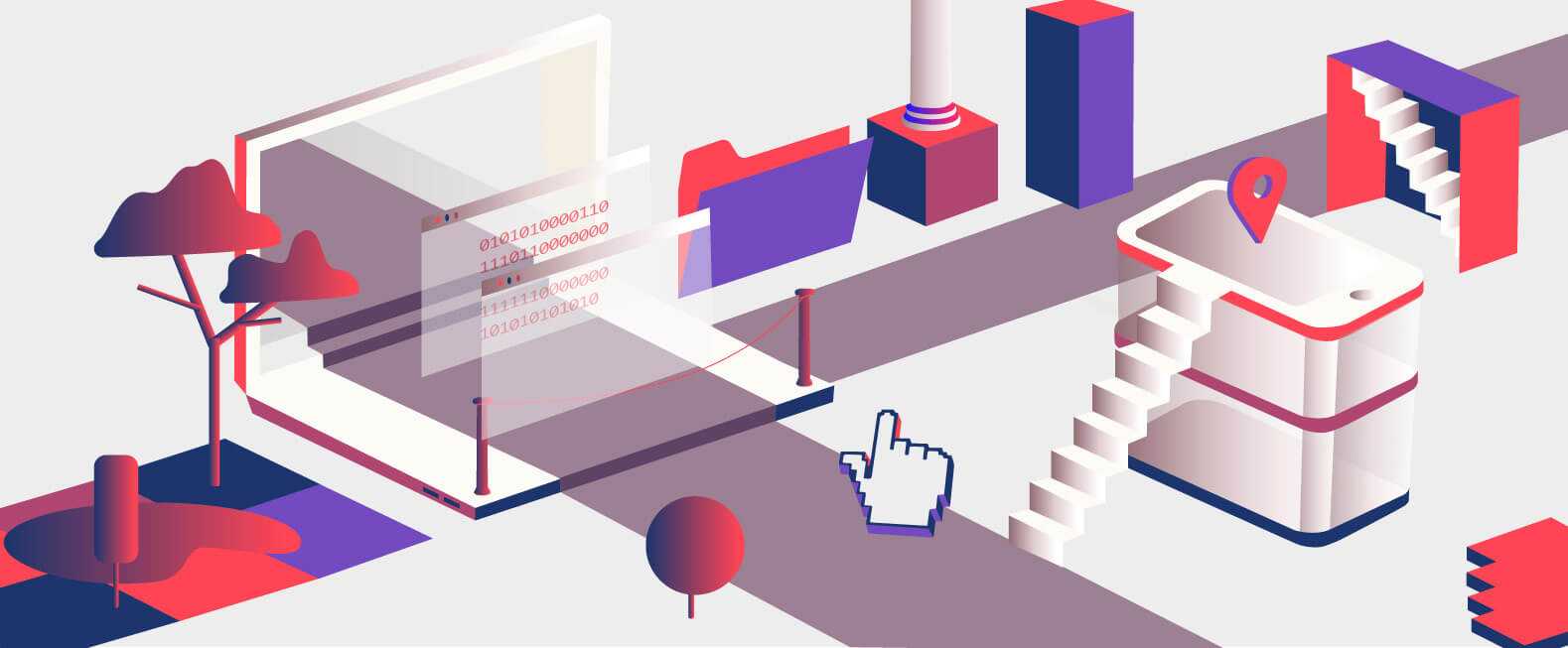Over the past several years, digital technology has disrupted many industries and triggered a new wave of startups that are challenging traditional ways of working. Digitization is introducing completely new business models and rendering some old ones obsolete. In a world where technology is enabling connections between people, data, processes, and devices, constant innovation is the new norm.
As a result, many enterprises started on a complex journey through digital transformation - some came out of the process fully adapted to the new world order, while others still struggle to change their operations, processes, legacy systems, and technologies. And no wonder! Digital transformation in the enterprise encompasses numerous systems, knowledge bases, and data siloes that need to be connected, digitized, or removed entirely and replaced by new systems.
When it comes to software innovation, traditional enterprises typically start by modernizing back-office systems. Building new digital products that innovate customer-facing functions comes second - and this is where the real value and growth potential is. High-quality customer interactions via digital products and platforms is now the primary competitive differentiator and enterprises need to find a way to quickly adjust to this new reality.
In order to achieve differentiation, legacy enterprises regardless of the industry have to become more like their digitally native competitors - they need to become agile, responsive, and laser-focused on the customer. And all of this change is primarily software-driven. It starts at the software level and then drives an organization-wide change creating an environment and culture that embraces innovation.
Following are some of the key areas that enterprises need to focus on if they want to transform and innovate digitally.
Digital Transformation & Customer Experience
Customers today have a myriad of options, and they’re not going to stick around if you provide them with poor digital experiences - they simply don’t have to! The keywords that enterprises need to keep in mind when thinking about digital UX are - convenient, smooth, frictionless, lightweight. They need to do everything they can so their customers don’t have to work hard to accomplish their goals.
Every web and mobile app needs to aim at being useful, easy to use, and enjoyable, which is why it's important for the enterprise to focus on reducing friction and improving the experience for every customer regardless of their customer journey stage.
Speed of Innovation
To compete successfully and respond to industry disrupters, enterprises need to innovate at startup speed. This is not easy in an environment where clunky software and slow release cycles have been the standard for decades.
Being able to quickly develop, test, improve and release digital products while getting the user experience and scalability right has become a critical success factor that requires a mentality change - enterprise IT needs to adopt a “fail fast to succeed sooner” mantra. IT organizations that have designed their processes for speed have two key things in common - they apply lean processes and prototype to get customer input early on so they can incorporate it quickly in the next design iteration.
The faster the enterprise can go from idea to implementation, the better it will be at reacting to new market opportunities. Whether their job is to build new customer applications, mobilize line of business apps, or enable AI-driven digital products, IT is now playing a key role in delivering business outcomes.
IoT and the Opportunities of Connected Economy
Looking ahead, businesses will continue to benefit from the Internet of Things (IoT). It is estimated that there’ll be more than 25 billion Internet-connected things by 2020, and IoT will without a doubt be a disruptive force impacting existing industries, value chains, and business models.
Proactive enterprises across a wide range of industries are already leveraging the IoT technologies to generate new streams of revenue. Just look at the automotive, transportation and logistics industries and how they are affected by the rise of the connected vehicles, automotive telematics systems, and digital platforms. Automakers are now competing on delivering functional connected car experiences for the end users.
Now is the perfect time for enterprises to find the right IoT use case and capture the opportunity within their industries.
Leverage Artificial Intelligence (AI) where Applicable
The use of AI or cognitive technologies in enterprise software is a way to make businesses predictive and better equipped to deal with new market realities. There’s a proliferation of use cases of AI technologies, such as machine learning and natural language processing (NLP), in virtually every industry.
For example, financial services companies challenged by agile, digitally-native competitors are deploying new lightweight technologies, such as AI-powered chatbots, as a way to stay competitive.
However, before jumping on the AI bandwagon, organizations need to clarify the business case and think about the areas that it could be applied to. Whether they decide to leverage AI to improve customer service, help employees make better and timelier decisions, etc. it's important to first have a clear use case and an AI monetization strategy in place.
Summary
Progressive enterprises see digital technologies as an opportunity to create competitive advantage, to deliver value, and innovate at scale. They leverage new technologies to solve business problems and improve the way they work.
If you didn’t make the digital transformation yet, you’re going to have a tough time catching up to competitors who are already building strong product/service differentiation and competitive advantage. The ball is in your court now, and it is up to you to make the next move.
